|
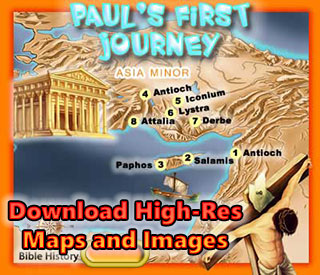
|
|
|
|
Kids Bible Blog: Biblical archaeology
The Origins and Legacy of Ancient Art

Ancient art is one of the earliest forms of human creativity, which embodies the spiritual beliefs, everyday life, and the changing cultural identities of ancient societies. Since the cave paintings of prehistoric times, the monumental sculptures of Mesopotamia and Egypt, these works show the desire of the human being to explain the world and the ability to communicate between generations. The impact of ancient motifs, techniques, and symbolism can be traced even nowadays when people buy affordable art online and can see the reflection of these motifs, techniques, and symbolism in the modern aesthetics.
Early Artistic Expression: Prehistoric Foundations.
The earliest known art is more than 40,000 years old, cave paintings have been discovered in the caves of France in the Lascaux caves and Indonesia in the Maros-Pangkep caves. These pictures, which represent animals, people and abstract signs, provide hints to the rituals and beliefs of pre-historic times. Scholars have suggested that these works were used in ceremonial purposes, which may have been related to hunting magic or ancestral worship.
The prehistoric art is older than the written scripture, but the Bible mentions the early human craftsmanship in the Book of Genesis. Gen 4: 21-22 tells us that Jubal was the ancestor of...
Read More »
Tags: Biblical archaeology Old Testament archaeology Cultural Heritage Archaeology ancient art influences ancient art art history Biblical References Mesopotamian Art Egyptian Art Greek Art Roman Art Prehistoric Art
Ancient History and the Bible: Understanding Scripture Through Historical Evidence
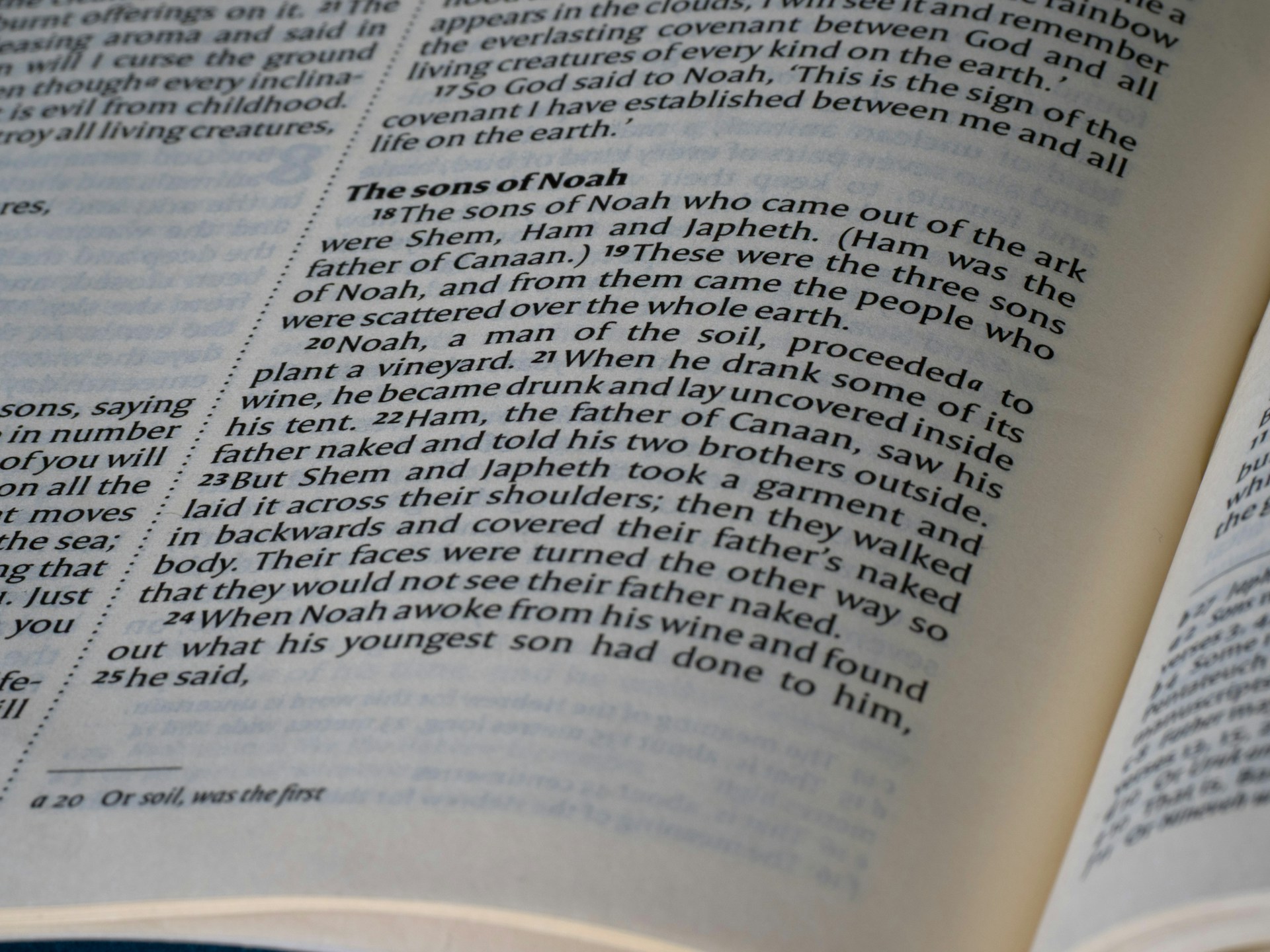
The Bible is a unique collection of sacred writing that extends for centuries of human history, from the early civilizations of Mesopotamia to the huge Roman Empire. While Vishwas guides the reading of the believer, archeology and history provide valuable insight into the world in which Bible texts were written. Today, modern readers benefit from digital tools, including the AI Bible app, which integrates the scripture, history and comments in a way that was never possible before.
World of Origin: Creation, Flood, and Early Civilizations
The initial chapters of origin describe events that echo with ancient Mesopotamian traditions. The account of a great flood (Genesis 6–9) has similarities in the Mesopotamian epic of Gilgamesh, where Utanapishm avoids a divine deluse. Archaeologists have found evidence of large -scale floods in the field of euphrates, which can explain the perseverance of such traditions in many cultures.
Similarly, the story of Babel's Tower (Genesis 11) reflects the architectural and religious significance of the Mesopotamian Ziggurats - fulfilling temples dedicated to local gods. Historical records suggest that Babylon kept himself the Grand Ziggurt Etemannanki, which was often associated with the story of human pride and divine intervention.
Experience of Egypt and Israel
The book of Exodus presents the slavery...
Read More »
Tags: Exodus Egypt Mesopotamia Biblical archaeology Egyptian relics and the Bible Bible study Ancient scriptures Ancient Civilizations Bible and history Kingdom of Israel
Faith and History: How Museums Bring the Bible to Life
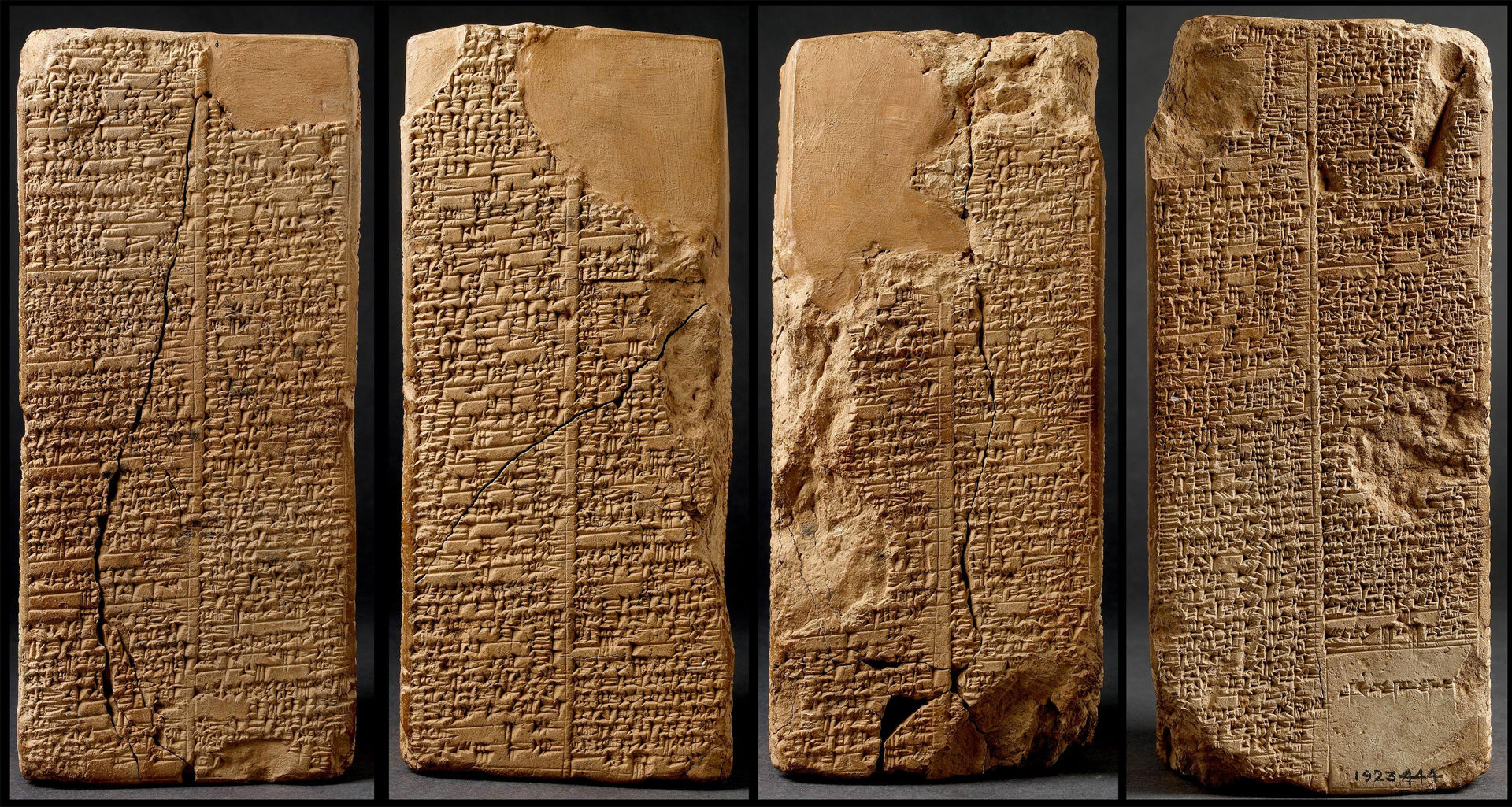
The Bible, regarded as the holy scripture for millions of people across the globe, is not only a cornerstone of faith but also a pivotal historical document that provides insights into ancient civilizations, cultures, and traditions. For centuries, people have looked to the Bible for spiritual guidance, moral teachings, and a sense of connection to something greater than themselves. But the Bible is also much more—it’s a living testament to the history and legacy of human civilization, and it continues to influence art, literature, law, and society.
Museums, as guardians of our shared history, play an essential role in bringing the Bible to life. They not only preserve the physical artifacts that help tell the stories contained within the Bible but also provide a space for reflection, learning, and deeper understanding of how the Bible has shaped, and been shaped by, history. Through their collections, exhibits, and educational programs, museums offer an opportunity to explore the Bible in ways that transcend traditional religious teachings, making it a part of the broader historical and cultural narrative.
The Bible: A Bridge Between Faith and History
For many, the Bible is first and foremost a spiritual guide—a book of sacred texts that recounts the story of...
Read More »
Tags: Roman History Biblical archaeology Museum of Fine Arts Boston Bible artifacts Egyptian relics and the Bible Ancient Israel history Old Testament archaeology Teaching Bible history Bible history Bible study Cultural Heritage Museums Biblical History Ancient Manuscripts Religious Art Archaeology Faith and History Dead Sea Scrolls Christianity
Exploring Biblical Archaeology at the Museum of Fine Arts, Boston
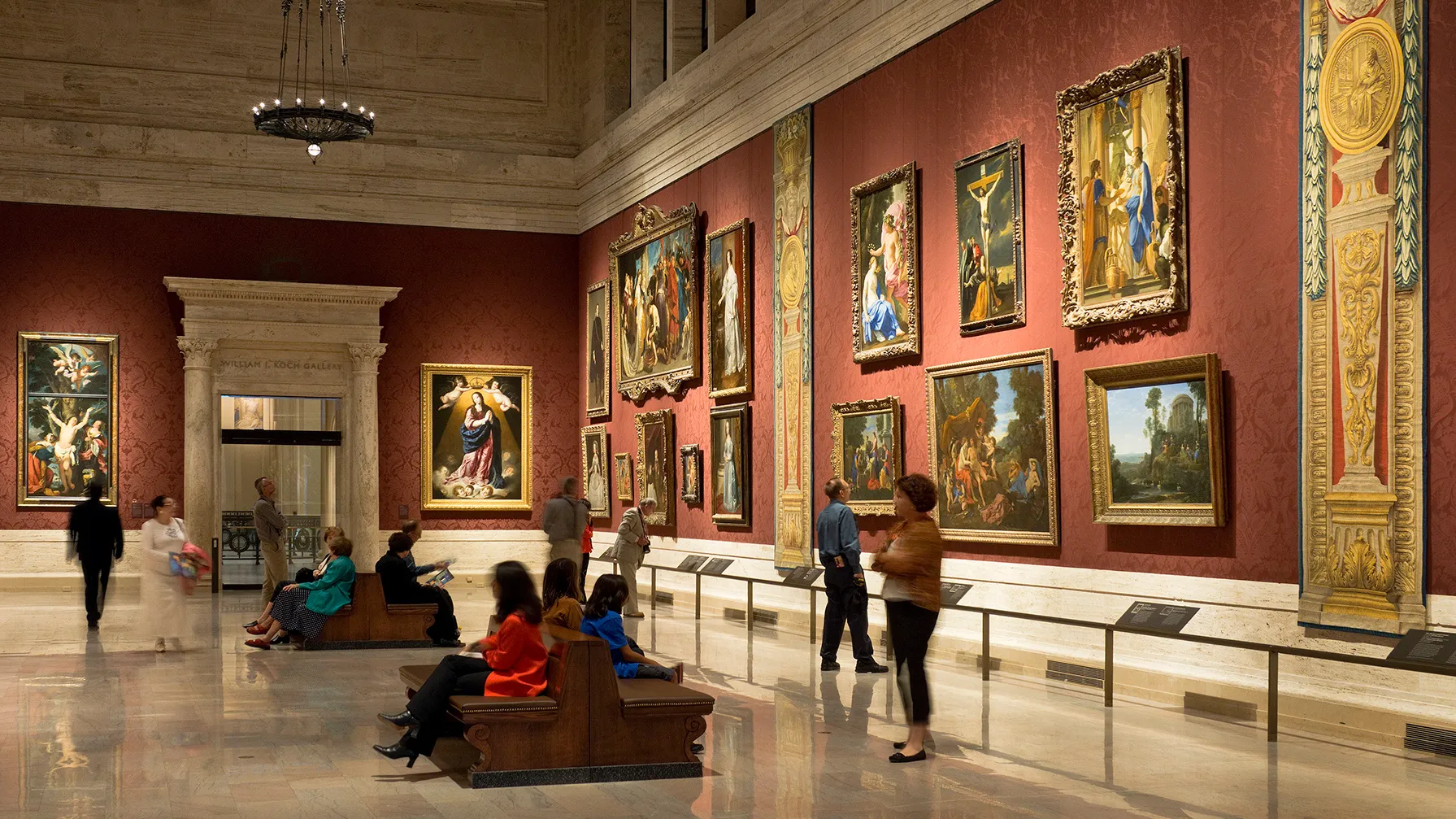
The Museum of Fine Arts in Boston is a treasure trove of ancient artifacts that can enrich our understanding of biblical history. Many of its exhibits provide valuable connections to events, cultures, and peoples mentioned in Scripture. Below are a few suggested artifacts you can explore with your students, along with their biblical references and significance.
1. Striding Lion from the Babylonian Processional Way
Description: The Striding Lion is a striking glazed brick relief from the Ishtar Gate in Babylon. This artifact exemplifies the grandeur of Nebuchadnezzar II’s Babylon.Biblical Reference: The city of Babylon is mentioned throughout the Bible as a symbol of power and rebellion against God. Daniel served in the court of Babylonian kings, including Nebuchadnezzar (Daniel 1-5). The lion imagery also resonates with Daniel’s experience in the lions’ den (Daniel 6).Teaching Point: Discuss Babylon's role in biblical prophecy and its influence during the exile of the Israelites.
2. Achaemenid Persian Artifacts
Description: The museum hosts various items from the Achaemenid Empire, which ruled during the time of Ezra and Nehemiah.Biblical Reference: King Cyrus of Persia issued the decree allowing the Jews to return to Jerusalem and rebuild the Temple (Ezra 1:1-4). Artifacts like Persian reliefs and coins illustrate the wealth and...
Read More »
Tags: Biblical archaeology Museum of Fine Arts Boston Bible artifacts Striding Lion Babylon Egyptian relics and the Bible Ancient Israel history Ancient Israel Old Testament archaeology Old Testament New Testament artifacts New Testament Teaching Bible history Bible history
Kid's Bible Maps
Bible History Online
The Geography of the Bible
© Bible History Online (https://bible-history.com)
Made by Network Local
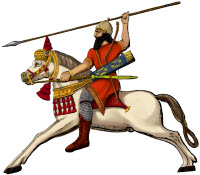
Kids Bible Maps
About
Us
Contact Us
To
Parents
To
Teachers
Kids Bible Blog
Using Our Maps
Mission
Statement
Doctrinal
Statement
Instructions
Popular Bible Maps
The Journey of Abraham
Moses and the Exodus
Joshua and the Land
The Kingdom of David
The Kingdom of Solomon
Israel in Jesus' Time
Paul's First Journey
The Land of Israel
The Land of Egypt
The Land of Assyria
The Land of Babylon
The Land of Persia
The Land of Greece
The City of Rome
Noah's Ark and Mt. Ararat
The Tower of Babel
The Old Testament World
The New Testament World
Ancient Empires
Moses and the 10 Plagues
Ancient Peoples
The 10 Commandments
The 12 Tribes of Israel
The Ministry of Jesus
Bible Stories with Maps
Daniel in the Lions Den
David and Goliath
Baby Moses
Jesus and the Little Children
Coloring Book Images
Coloring Book
Donkey
Camel
Lamb
Noah's Ark
Noah's 3 Sons
Abraham
Sheep
Lion